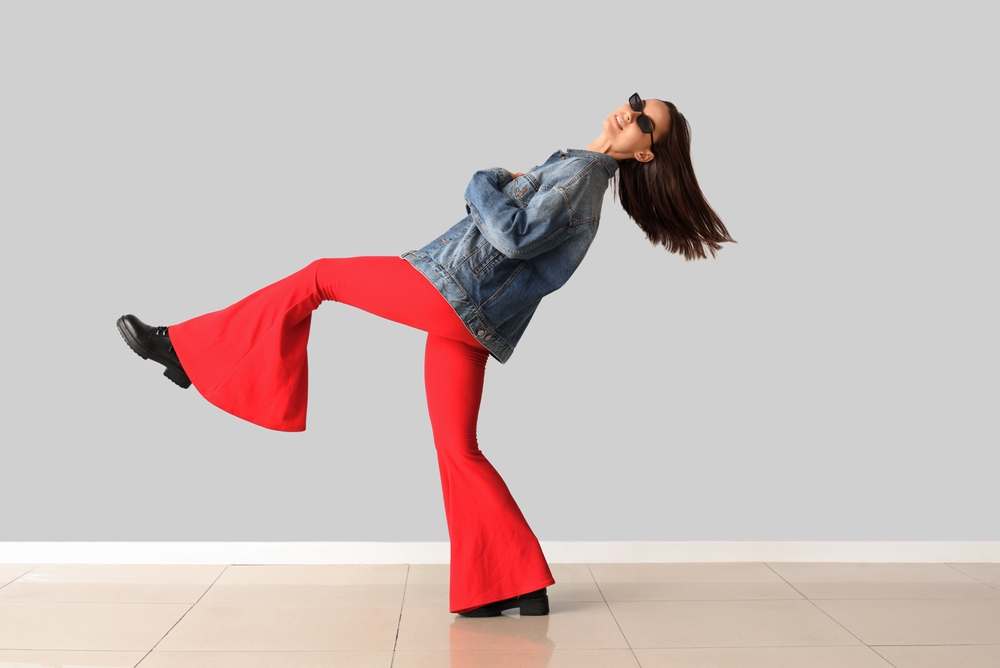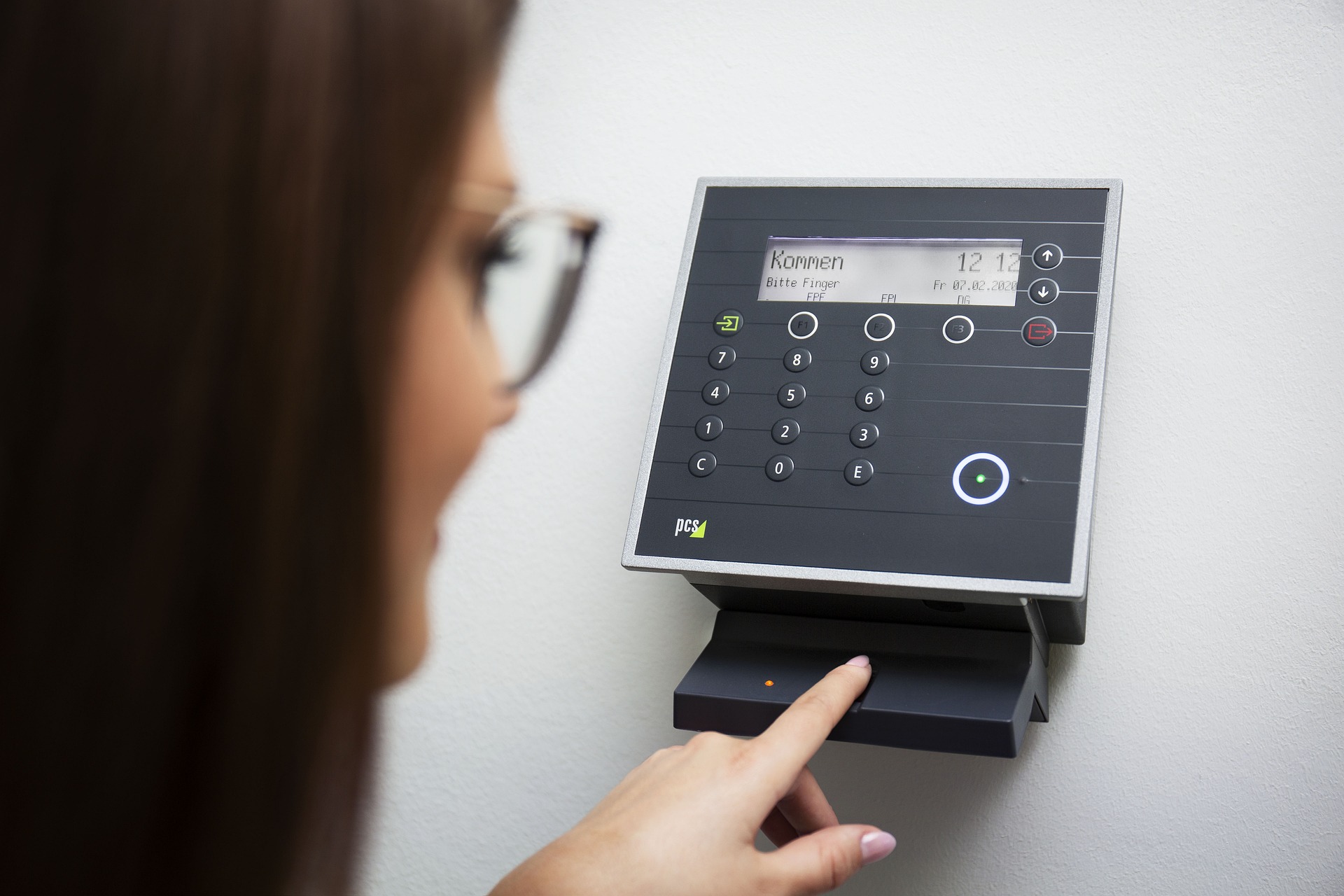Fashion's Infatuation with Androgynous Style: A Deep Dive into Unisex Trends
From the catwalks of Milan to the bustling shopping streets of Tokyo, a style revolution has been quietly simmering. This revolution doesn't shout with bold colors or ostentatious designs, but whispers through a subtle blurring of the lines between masculine and feminine fashion. Welcome to the realm of androgynous style, a trend that is challenging conventional norms and reshaping the fashion landscape.

A Brief History of Androgynous Fashion
At the heart of the androgynous style lies a bold assertion - clothing has no gender. While this idea seems revolutionary in today’s context, it has roots that stretch back to the 1920s. The flapper era saw women donning trousers and bobbed hair for the first time, a clear deviation from the restrictive corsets and long skirts of the Victorian era.
The 1960s and 70s saw the trend gain further momentum, with celebrities like David Bowie and Grace Jones blurring gender lines with their fashion choices. Since then, androgynous style has gradually permeated mainstream fashion, culminating in the unisex trends we see today.
The Modern Androgynous Style: Breaking Down the Trend
In the current fashion landscape, androgynous style has evolved into something more than a mere blurring of gender lines. It is now a full-fledged trend, characterized by minimalist aesthetics, clean lines, and a neutral color palette.
Notable fashion houses such as Gucci, Louis Vuitton, and Prada have all embraced androgynous fashion, showcasing collections that feature unisex clothing and accessories. On the streets, androgynous style often manifests in oversized silhouettes, tailored trousers, and chunky footwear.
Androgynous Fashion: The Appeal and Influence
The rise of androgynous fashion signals a shift in societal attitudes towards gender norms and identity. It promotes the idea that style is a personal expression and not bound by traditional gender roles. This shift appeals to a growing audience who value individuality and freedom of expression in their fashion choices.
Moreover, androgynous fashion is influencing consumer behavior. Shoppers are now more inclined to browse both men’s and women’s sections, leading to a significant crossover in buying patterns. This shift is also affecting the retail landscape, with some stores restructuring to create gender-neutral shopping spaces.
Curating an Androgynous Wardrobe: Practical Tips
- Choose Neutral Colors: Stick to a color palette of blacks, whites, grays, and beiges. These colors are versatile, easy to mix and match, and lend themselves well to the minimalist aesthetic of androgynous fashion.
- Opt for Tailored Pieces: Look for clothing with structured silhouettes. A well-tailored blazer or pair of trousers can be the cornerstone of an androgynous wardrobe.
- Accessorize Wisely: Accessories can make or break an androgynous outfit. Opt for minimalistic pieces, like a chunky watch or a simple leather belt.
- Experiment with Size: Don’t be afraid to play with oversized or undersized items. An oversized shirt paired with skinny jeans, for instance, can create an interesting visual contrast.
In conclusion, androgynous fashion presents a unique blend of style and social commentary. It breaks down gender barriers, promotes individuality, and is reshaping the fashion industry. Whether you’re a seasoned fashionista or a casual shopper, the androgynous style offers a fresh, unique perspective on what it means to be stylish in today’s world.





